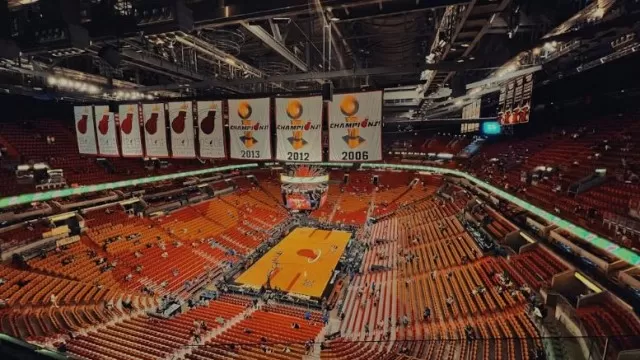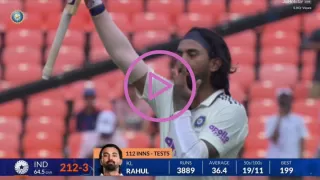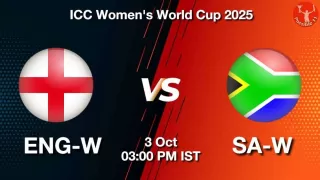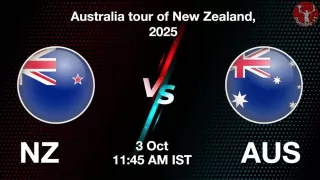Understanding NBA Moneyline Bets in 2025/26

The NBA is entering one of its most unpredictable eras. Star players are changing teams faster than ever, rookies are making immediate impacts, and oddsmakers are adjusting to new metrics that reshape how lines are set.
For fans and bettors, this means the simple moneyline bet, which entails picking which team will win outright, remains one of the most direct and exciting ways to engage with the game.
This article explores the mechanics of NBA moneyline wagers and the factors shaping odds during the 2025/26 season. Along the way, we’ll dive into advanced analytics, team dynamics, and market behavior to highlight how bettors can better understand the numbers behind the action.
Breaking Down NBA Moneyline Bets
At its core, a moneyline bet is a straightforward proposition: who will win the game. There are no point spreads, no complicated formulas, just a prediction of victory.
When looking at the odds, the favorite is marked with a minus sign, such as -200, meaning you’d need to wager $200 to win $100. The underdog is labeled with a plus sign, like +150, which shows the profit on a $100 wager. Higher plus numbers indicate greater potential reward, but reflect a lower implied probability of winning.
Imagine the Lakers are -200 favorites against the Rockets. A winning $200 bet would return $300 total (your stake plus $100 profit). If the Rockets sit at +150 and you bet $100, a win would pay out $250. The simplicity of this format is what keeps moneyline betting so appealing.
What’s Shaping Moneyline Odds in 2025/26
Moneyline odds aren’t just plucked out of thin air. They’re a reflection of countless variables, from roster moves to rest days. The 2025/26 season is full of storylines that will directly affect how lines shift.
When analyzing these shifts, having updated lines in real time becomes critical. Platforms like FanDuel NBA moneylines give fans and bettors a clear window into how oddsmakers are valuing each matchup as the season unfolds.
Team Performance Trends
Underdogs have been covering more frequently, a trend that gained traction late in the 2024/25 season when teams like the Clippers surged unexpectedly. Oddsmakers are adjusting, but opportunities still exist when smaller-market teams outperform expectations.
Offseason Moves and Trades
Few moves shook the league more than Kevin Durant joining the Houston Rockets. His arrival instantly reshaped their futures and daily moneylines. Other deals, like Myles Turner heading to Milwaukee and James Harden extending with the Clippers, are already influencing how sportsbooks rate these teams night-to-night.
Injuries and Availability
The absence of a superstar can flip a favorite into an underdog overnight. Bettors saw this last season when teams overcompensated for injuries, creating value for those who looked deeper into supporting cast strength.
Home-Court Advantage
Once worth three or four points in oddsmaker models, home court has shrunk to as little as one or two. Shifting travel dynamics and player conditioning mean the “automatic bump” for home teams isn’t as reliable as it once was.
The Role of Analytics in Modern Moneyline Betting
Behind every betting line sits a growing mountain of data. Analytics have become central to both oddsmakers and bettors looking to interpret moneyline odds more effectively.
Advanced Player Metrics like Player Efficiency Rating (PER) are shaping how individual contributions are valued. They’re particularly useful for bench players or rookies who may play limited minutes but have an outsized impact.
Injury Analytics now stretches beyond the simple “out or questionable” tag. Models account for recovery timelines and performance drops post-injury, especially with common musculoskeletal issues like knee or ankle strains.
Rest and Travel Models explicitly measure fatigue, which is especially punishing for Western Conference teams that log heavier travel schedules. These nuances explain why a team may be a slight favorite one night and a clear underdog just two days later.
For those looking to dig deeper into these dynamics, resources that highlight NBA trends and betting strategies can help separate casual noise from meaningful signals.
Public Betting vs. Sharp Money
Another key to decoding moneylines is understanding who’s driving the action.
The public, including casual fans and recreational bettors, tends to gravitate toward favorites, star players, or big-market teams. This enthusiasm can inflate odds, creating risk for those who follow blindly.
Sharp money, on the other hand, comes from professional bettors who wager strategically. They often go against the public, targeting inefficiencies.
One telltale sign is when the percentage of total money on a team far outweighs the percentage of bets placed, signaling that fewer, larger wagers are influencing movement. Line movements against public sentiment are another giveaway of sharp action. Recognizing these shifts is vital for bettors who want to think like pros.
Positioning Yourself for the NBA’s Shifting Landscape
The upcoming season promises one of the most dynamic betting environments in recent memory. With superstar trades, a highly touted rookie class led by Cooper Flagg, and the growing impact of in-season tournament results, oddsmakers face more variables than ever.
For bettors, success comes from adaptability. Prioritize research, stay aware of injury reports, track public vs. sharp money, and use analytics-driven tools to identify inefficiencies. The simplicity of moneyline bets makes them accessible, but the depth of factors influencing outcomes ensures there’s always more to learn.
The future of NBA betting lies not in chasing hunches but in recognizing patterns. Those who balance passion for the game with a sharp eye for value will be best positioned to thrive in 2025/26 and beyond.
Disclaimer
Possible11 is committed to complying with the Promotion and Regulation of Online Gaming Bill, 2025 in India, which prohibits all forms of real-money online gaming, including betting and fantasy sports. We do not promote, endorse, or engage with any betting apps, fantasy sports platforms, or real-money gaming services. Our platform is actively reviewing and removing all content related to betting and fantasy sports to align with the new regulations. We are transitioning to focus solely on providing sports news, live scores, player stats, and tournament updates for sports fans. All content on our website and app is now intended for informational purposes only. We appreciate your patience and understanding during this transition process.












Give Your Feedback